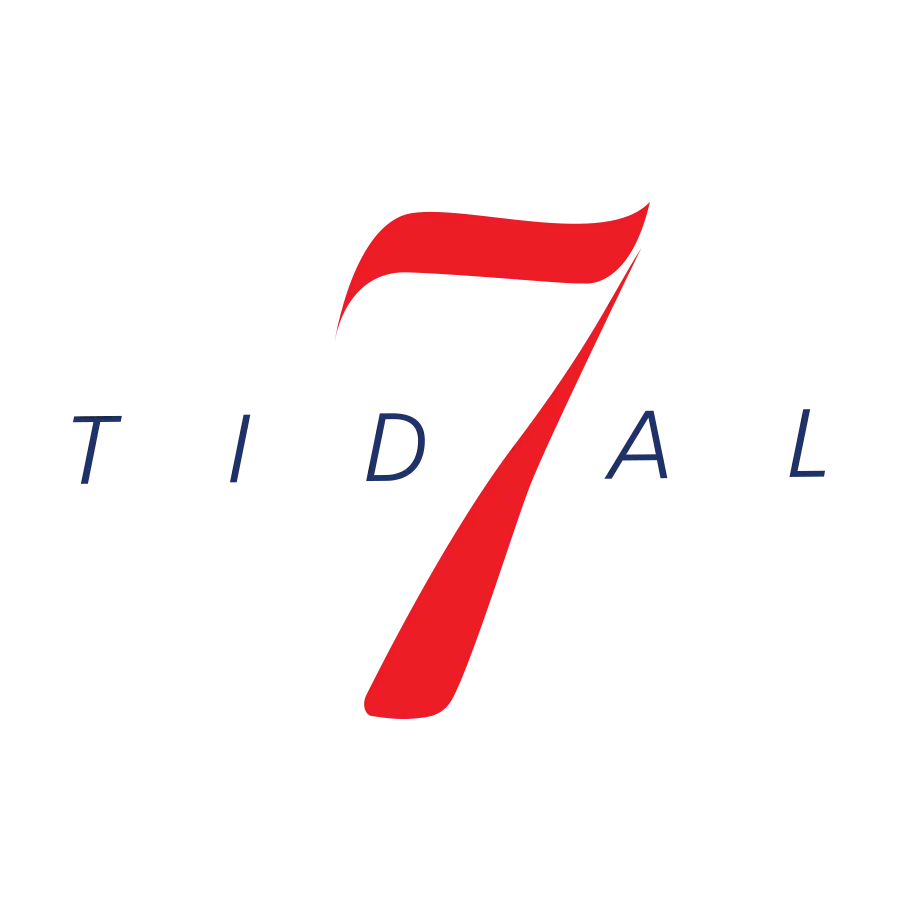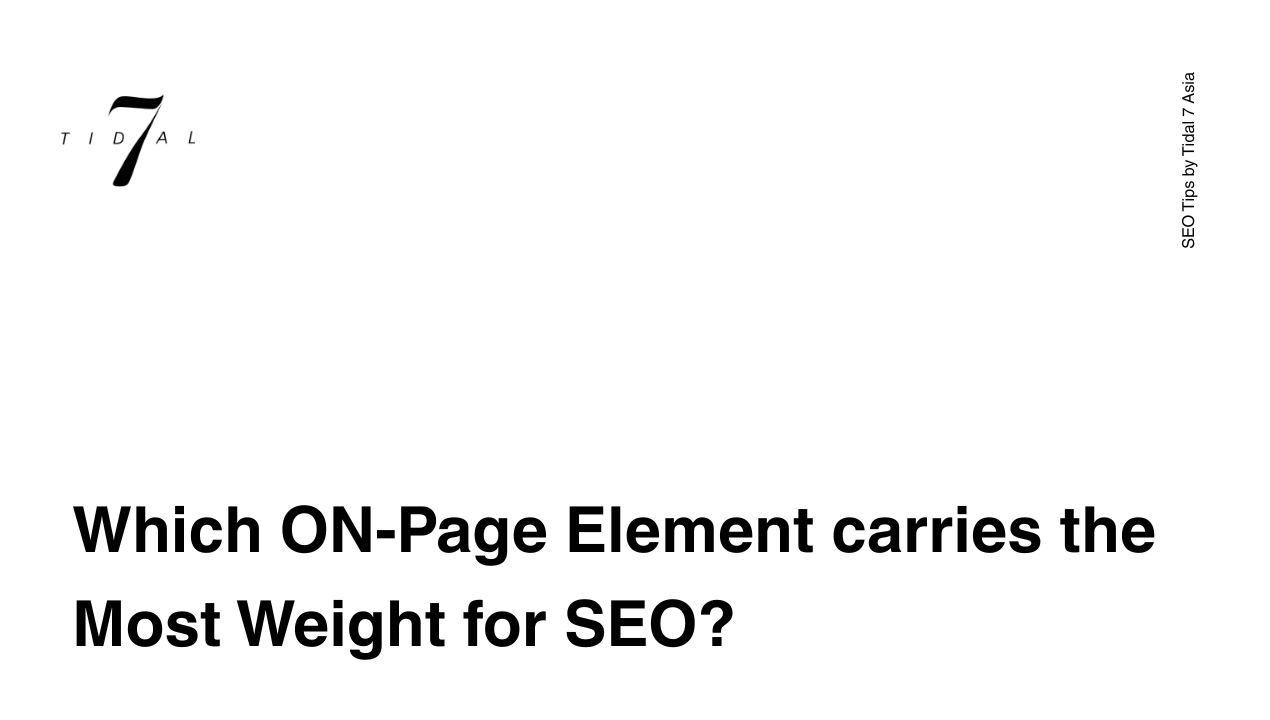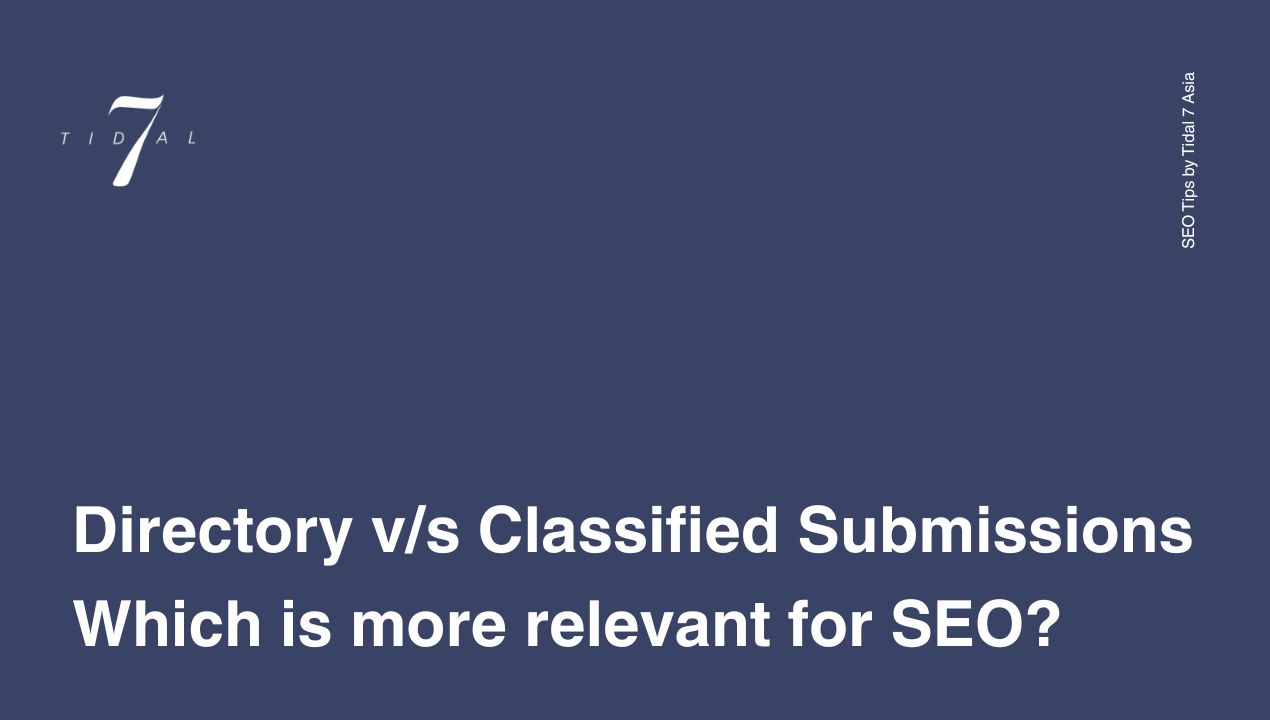
Strategic Content Calendar Design: Aligning with Campaign Objectives
In today’s fragmented media landscape, content strategy has become increasingly complex. The average consumer now engages with branded content across more than 15 different platforms daily, creating both opportunities and challenges. Despite producing vast amounts of content, many organizations struggle to align individual assets with overarching campaign objectives, resulting in scattered approaches that dilute impact and waste resources.
The solution isn’t producing more content—it’s creating strategic content ecosystems where every asset serves a specific purpose within the broader campaign narrative. The foundation of this approach is a well-designed content calendar that transforms campaign objectives into coordinated content experiences.
Common Content Calendar Misalignment Issues
Several warning signs indicate when your content calendar isn’t properly aligned with campaign objectives:
The Volume Trap: Measuring success by production volume rather than strategic impact. Organizations celebrate creating numerous social posts without questioning whether they collectively advance campaign goals.
Platform-First Planning: Structuring content calendars around platform needs rather than campaign objectives. Teams ask “What should we post on Instagram this week?” instead of “How can Instagram advance our campaign goals?”
Creative Siloing: Developing content in disconnected departments, with separate teams handling social, email, web, and other channels without centralizing campaign strategy.
The Reactive Spiral: Without strategic alignment, content teams default to reactive mode—chasing trends, responding to last-minute requests, and filling calendar gaps with generic content.
The Alignment Framework: From Objectives to Outcomes
A systematic approach to content calendar development ensures every asset serves a strategic purpose within the broader campaign architecture:
Step 1: Translate Campaign Objectives into Content Missions
Before opening your calendar tool, clearly articulate what your content needs to accomplish to support your campaign objectives. These content missions connect business goals to content creation.
Example:
- Campaign Objective: Launch a new sustainable product line that drives 25% of category sales within six months
- Content Mission: Build credibility for sustainability claims through educational content that overcomes skepticism and positions innovation as industry-leading
Step 2: Map the Consumer Decision Journey
Your campaign likely needs to move consumers through multiple stages—from awareness to conversion. Your content calendar should reflect this journey with intentional content designed for each phase:
Awareness Phase
- Consumer Question: “Is this a problem I should care about?”
- Content Need: Eye-opening statistics, provocative perspectives
- Primary Platforms: Social, PR, Display
Education Phase
- Consumer Question: “How does this solution work?”
- Content Need: Explainer videos, comparison guides
- Primary Platforms: YouTube, Website, Email
Consideration Phase
- Consumer Question: “Is this right for my situation?”
- Content Need: Self-assessment tools, persona stories
- Primary Platforms: Website, Social, Search
Conversion Phase
- Consumer Question: “What’s the process to get started?”
- Content Need: Process walkthroughs, FAQ content
- Primary Platforms: Website, Email, Direct
Expansion Phase
- Consumer Question: “What else should I know?”
- Content Need: Usage tips, complementary solutions
- Primary Platforms: Email, App, Community
Step 3: Establish Content Territories
Based on your content mission and consumer journey, identify 3-5 content territories that will form the thematic foundation of your calendar. These territories provide conceptual guardrails that keep your content focused while allowing creative flexibility.
Example Content Territories for a Sustainable Product Launch:
- Industry Impact: Content highlighting environmental problems in your industry
- Innovation Story: Behind-the-scenes of your sustainable solution development
- Usage Benefits: How sustainability enhances the product experience
- Customer Change: How small consumer choices create collective impact
Step 4: Design Your Content Ecosystem
Create a purpose-built content system where different assets serve distinct but complementary roles:
Hero Content: Major assets that anchor campaign phases (typically 1-3 per phase) Hub Content: Themed content series that build depth around key messages (typically 5-10 per phase) Hygiene Content: Ongoing content that maintains presence and addresses everyday needs (varies by platform)
This ecosystem approach ensures balance between campaign-specific content and ongoing brand building while maximizing resource efficiency through planned content connections.
Step 5: Build Your Strategic Calendar
With your foundation in place, build a content calendar that serves as a strategic roadmap rather than just a tactical schedule. Your calendar should visualize:
- Campaign Phases: Clear delineation of when the focus shifts
- Content Connections: How assets relate to and support each other
- Platform Roles: The specific job each channel plays in the ecosystem
- Audience Targeting: Which segments receive which content
- Success Metrics: KPIs that align with each content type’s purpose
Implementation Best Practices
Even the most brilliantly designed content calendar can fail without proper implementation systems:
- Create an Accessible Single Source of Truth
Your content calendar needs to be accessible to all stakeholders while maintaining version control. Whether using specialized software like Asana, Monday, or Sprout Social, or a custom solution, ensure your calendar includes campaign framework, content briefs, production status, and performance data.
- Establish Campaign Rhythms
Implement essential meetings to connect strategy with execution:
- Campaign Planning Sessions: Quarterly deep-dives (8-12 weeks before launch)
- Content Strategy Reviews: Monthly sessions to review performance
- Production Standups: Weekly tactical meetings
- Develop a Content Scoring System
Create a simple scoring system that evaluates proposed content against campaign objectives to help teams prioritize production efforts:
- Objective Alignment: How directly the content supports campaign goals (1-5)
- Journey Relevance: How well it addresses consumer needs at specific stages (1-5)
- Distribution Potential: Likelihood of reaching intended audience (1-5)
- Resource Efficiency: Production value relative to expected impact (1-5)
- Build Content Connection Systems
Create interconnected content ecosystems where assets support and amplify each other:
- Content Atomization: Planning how major assets will be broken into smaller components
- Cross-Platform Journeys: Mapping how consumers will move between content touchpoints
- Sequencing Strategy: Determining the optimal order for content deployment
- Integrate Performance Feedback Loops
Let your content calendar evolve based on real-world performance:
- Weekly Performance Snapshots: Quick updates on key content metrics
- Mid-Campaign Optimization Reviews: Structured sessions to adjust content mix
- Post-Campaign Analysis: Comprehensive review of content performance
The Evolution of Content Calendars
Content calendars are evolving from simple scheduling tools to comprehensive campaign orchestration systems:
- AI-Powered Content Recommendation: Systems that suggest optimal content types, timing, and distribution
- Dynamic Audience Alignment: Mapping content relevance across multiple audience dimensions
- Cross-Functional Orchestration: Aligning all customer touchpoints around campaign objectives
- Real-Time Adaptation: “Living” calendars that adjust based on performance signals while maintaining alignment
- Content Intelligence Integration: Connecting calendars with systems that gather consumer signals for optimization
A well-designed content calendar is far more than an organizational tool—it’s the strategic backbone that transforms campaign objectives into coordinated content experiences. By following this framework, you can ensure that every piece of content advances your campaign goals rather than simply filling space in a publishing schedule.
The most effective content isn’t defined by volume or even individual quality, but by strategic alignment—the degree to which diverse assets work together to move consumers through intentional journeys that achieve business objectives.




